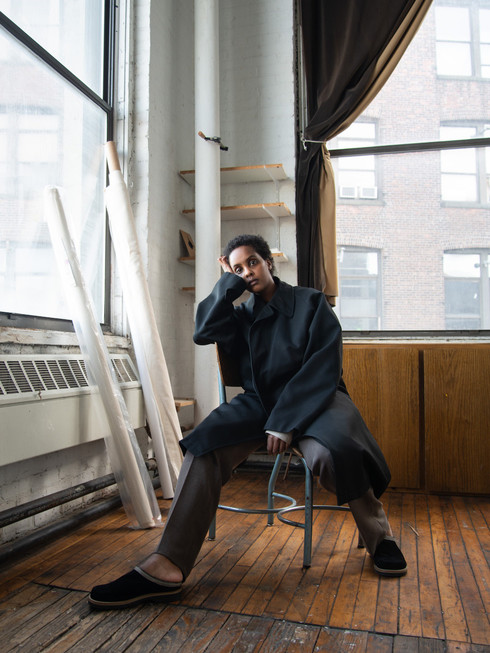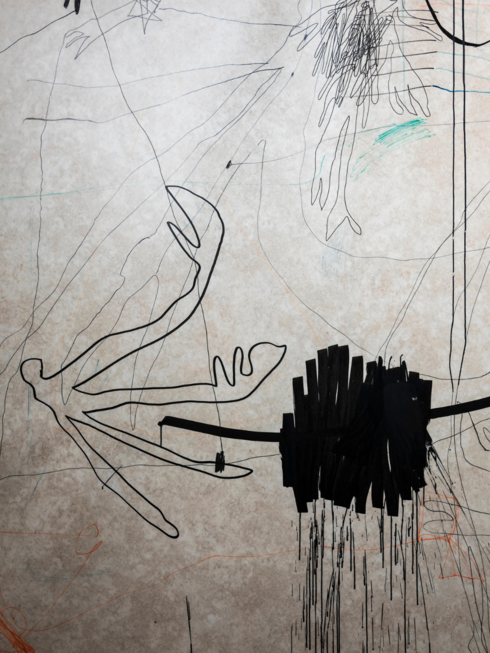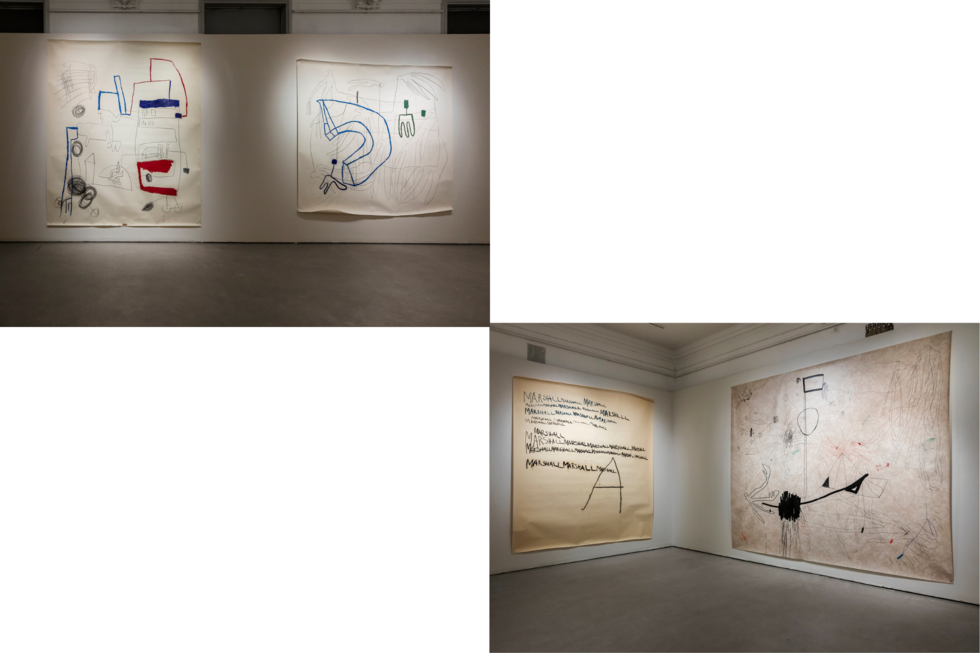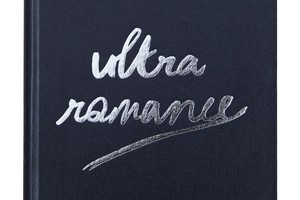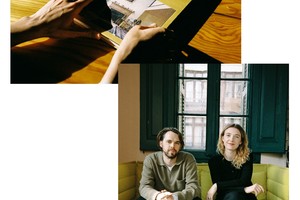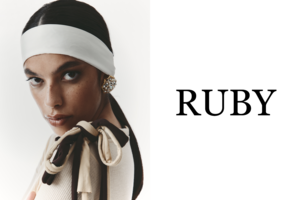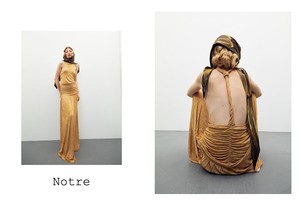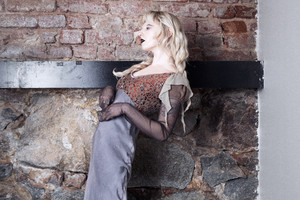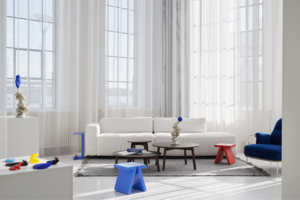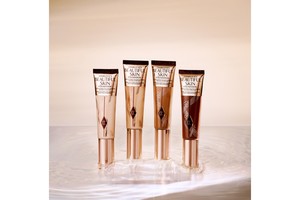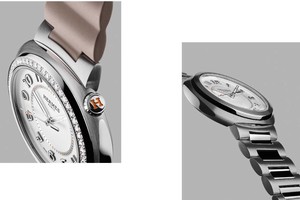Fatima Moallim and the will to live
Written by Natalia Muntean“I think art that displays inability and insecurity is more rewarding,” says Fatima Moallim about her approach to being an artist and creating whilst being plagued by feelings of doubt.
Born in Moscow to Somali parents and raised in the million program outside Växjö, Moallim is a self-taught artist and has gained recognition for her performative works, particularly her unique approach to drawing using chalk, pencil, sharpie pens, and oil crayons. Moallim's works are spread across various mediums, from drawing and sculpture to performance and installation, creating a seamless blend of memories and present moods.
Fatima Moallim has Moallim has exhibited site-specific works at Moderna Museet Stockholm, Gothenburg Konsthall, Marabouparken, Zinkensdamm subway station in Stockholm and on the glass facade of Bonniers konsthall. She is represented in the collection of the British Museum, Moderna Museet, Gothenburg Museum of Art, Ståhl Collection, The Statens Konstråd’s collection, Vinge Advokatbyrå Collection and was the 2022 Iaspis Studio Grant Holder ISCP, New York. Her latest exhibition, “Viljan att Leva,” currently showcased at Konstakademien until March 2nd, provides the audience with a glimpse into Moallim's inner world.
Natalia Muntean: Could you tell us more about your exhibition “Viljan att leva”? What themes or concepts are explored in this collection of works?
Fatima Moallim: Thoughts, thoughts, thoughts – an explosion of my inner thoughts that I can’t get rid of. I see buildings, structures, and the city’s inner forms and corners. I get stuck with an image in my head, and it can take weeks or months before all of a sudden I see myself in the studio in front of a huge finished drawing. It’s almost like it just appeared.
NM: How did the experience of living in New York influence and shape the pieces displayed in this exhibition?
FM: I lived in New York for a year, right next door to the Whitney Museum. I spent a lot of time in front of the large works by all the great artists that you never get to see in Sweden. That inspired me to work bigger and bolder. I don’t think I would have done the same kind of work if it wasn’t for my New York scholarship.
NM: You mentioned that your creative process is neurotic, and you often doubt the quality of your work. Can you elaborate on how this doubt contributes to the authenticity of your art?
FM: It is easy as an artist to hide behind elaborate details or gestures. That doesn’t interest me. I think that art that displays inability and insecurity is more rewarding.
NM: Your previous works, such as “Flyktinglandet,” explored your family's journey from Mogadishu to Moscow and eventually to Växjö and Gislaved. How has your Somali heritage influenced your artistic journey, and do you continue to explore it in your current work?
FM: When I set the titles for my work I think it comes easy to me thanks to my Somali heritage. In the nomadic lifestyle, poetry and storytelling were the most important creative act and Somalia is one of the strongest poetic nations. I grew up with poetry and literature as a natural part of everyday life.
NM: Could you share more about the relationship between Various Artists and your visual art, particularly in terms of improvisation and collaboration?
FM: For me, starting a band without knowing anything about music, has a lot to do with exposing yourself to uncomfortable situations. In that sense, it is similar to what I try to achieve with my drawings. That said, I collaborate with extremely talented artists, like singer Sofia Jernberg and sculptor Ida Ida Ida. My band has been my greatest obsession since I started it. I use ordinary objects to make sounds, like an electric toothbrush, keys and a pencil sharpener. I sometimes invite people with little or no experience playing instruments to perform. A concert is a success when there are both moments of beauty and cringe.
Portrait by Joakim Forsgren

